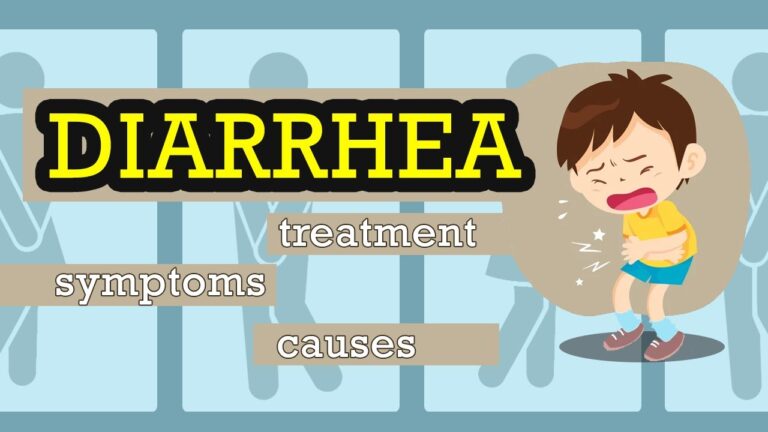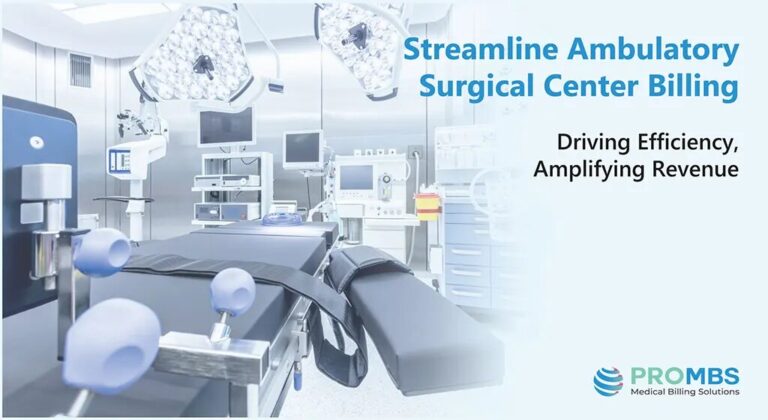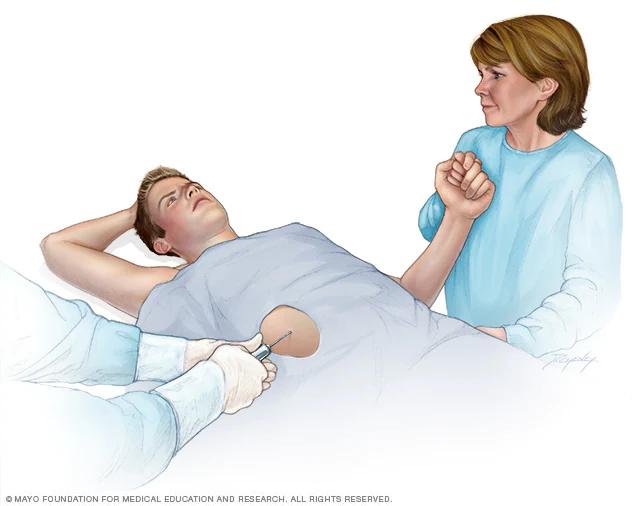Amebiasis, an intestinal illness caused by the protozoan parasite Entamoeba histolytica, poses a significant health risk, particularly for travelers venturing into regions with poor sanitation and inadequate access to clean water. This infection, which primarily spreads through contaminated food, water, or direct contact with fecal matter, has global implications. For those traveling to endemic areas, understanding the risk factors, preventive measures, and treatment options including the role of nitazoxanide 500mg can help mitigate its impact.
Understanding Amebiasis
Amebiasis is a parasitic infection that manifests in both asymptomatic and symptomatic forms. While many infected individuals remain carriers without apparent symptoms, others may develop amoebic dysentery, characterized by severe diarrhea, abdominal pain, and sometimes bloody stools. If untreated, the parasite may invade the liver, lungs, or brain, leading to life-threatening complications such as abscesses.
The prevalence of amebiasis is notably high in developing countries, where the lack of clean drinking water and proper sewage systems facilitates the transmission of E. histolytica. It is estimated that 50 million people globally suffer from severe forms of the disease annually, with a significant portion being travelers returning from endemic areas in Asia, Africa, and Latin America.
Amebiasis and Travel
Travelers are particularly vulnerable to amebiasis when visiting endemic regions. The infection is often associated with:
Consumption of Contaminated Food and Water
In areas where sanitation infrastructure is inadequate, water supplies may be tainted with human feces harboring E. histolytica. Street food, unwashed fruits, and raw vegetables are common sources of contamination.
Lack of Awareness of Preventive Measures
Many travelers underestimate the importance of drinking bottled or boiled water and avoiding raw foods in high-risk regions.
Exposure Through Sexual Practices
Amebiasis can also spread through oral-anal contact, a less commonly discussed route of transmission.
Extended Stay in Endemic Areas
Long-term visitors or expatriates are at higher risk due to prolonged exposure to potentially contaminated environments. For travelers, understanding these risks is critical for adopting effective prevention strategies.
Symptoms and Diagnosis
The clinical presentation of amebiasis varies widely. Common symptoms include:
- Loose stools or diarrhea
- Stomach cramping and pain
- Fatigue and unintentional weight loss
- Fever (in severe cases)
In cases of invasive amebiasis, complications such as liver abscesses may develop, presenting symptoms like upper right abdominal pain, fever, and tenderness.
Diagnosing amebiasis involves stool tests to identify the presence of E. histolytica cysts or trophozoites. Advanced methods like polymerase chain reaction (PCR) and serological testing may be used in complex cases to distinguish between E. histolytica and the non-pathogenic Entamoeba dispar.
Treatment of Amebiasis
Treatment for amebiasis aims to eliminate both the active infection and the asymptomatic carrier state to prevent recurrence or further transmission. The choice of medication depends on the severity and location of the infection.
Nitazoxanide 500mg: A Promising Treatment
Nitazoxanide is an antiparasitic and antiviral agent that has shown efficacy in treating intestinal infections, including amebiasis. Unlike some traditional medications, nitazoxanide 500mg is well-tolerated, with fewer side effects, making it suitable for a broader population, including children.
Mechanism of Action
Nitazoxanide inhibits the parasite’s metabolic pathways by targeting specific enzymes, thereby disrupting energy production and leading to parasite death.
Dosage
The standard adult dosage for nitazoxanide is 500mg taken twice daily for three days. For children, the dosage is adjusted based on weight and age.
Advantages
Compared to other drugs, nitazoxanide’s short course of treatment and mild side effect profile primarily nausea and abdominal discomfort make it a convenient option, especially for travelers.
Other commonly used treatments include metronidazole and tinidazole for symptomatic cases, followed by a luminal agent like paromomycin to clear any remaining parasites in the intestine.
Prevention for Travelers
Preventing amebiasis is more effective than treating it, particularly for travelers. Key strategies include
Safe Drinking Water
Drink bottled or boiled water in endemic regions. Avoid ice cubes and drinks made from untreated water.
Food Hygiene
Stick to freshly cooked, hot foods. Avoid raw or undercooked meals, unwashed fruits, and salads.
Hand Hygiene
Wash hands with soap and clean water before eating and after using the bathroom.
Avoid Risky Practices
Be cautious about sexual practices that may involve fecal contamination.
Vaccinations and Prophylactic Measures
While no vaccine currently exists for amebiasis, researchers are exploring potential candidates. Prophylactic medications may also be considered for high-risk travelers, but these are not routinely recommended.
Public Health Perspective
Amebiasis is a global health concern that highlights the stark inequities in access to clean water and sanitation. While travelers face episodic risks, local populations in endemic regions contend with chronic exposure, resulting in a significant disease burden.
Public health efforts to combat amebiasis include
- Improving water and sanitation infrastructure in endemic areas.
- Educating communities about hygiene and safe food handling practices.
- Conducting mass drug administration programs to treat asymptomatic carriers.
- For travelers, raising awareness about the risks of amebiasis and the importance of preventive measures is vital.
Conclusion
Amebiasis remains a significant challenge for global health, particularly for travelers who may unknowingly expose themselves to the parasite in high-risk regions. Awareness of the disease’s transmission routes, coupled with practical prevention measures, can significantly reduce the likelihood of infection.
For those who contract amebiasis, early diagnosis and effective treatment are crucial. Medications like nitazoxanide 500mg offer a promising option due to their efficacy, tolerability, and ease of use.
Ultimately, addressing the broader public health challenges associated with amebiasis will require concerted efforts to improve sanitation and access to clean water in endemic areas. By combining individual preventive actions with systemic improvements, we can work towards reducing the global impact of this parasitic disease.
















